A non-invasive means of monitoring intra-abdominal pressure using a wireless radar system could save lives in the ICU.
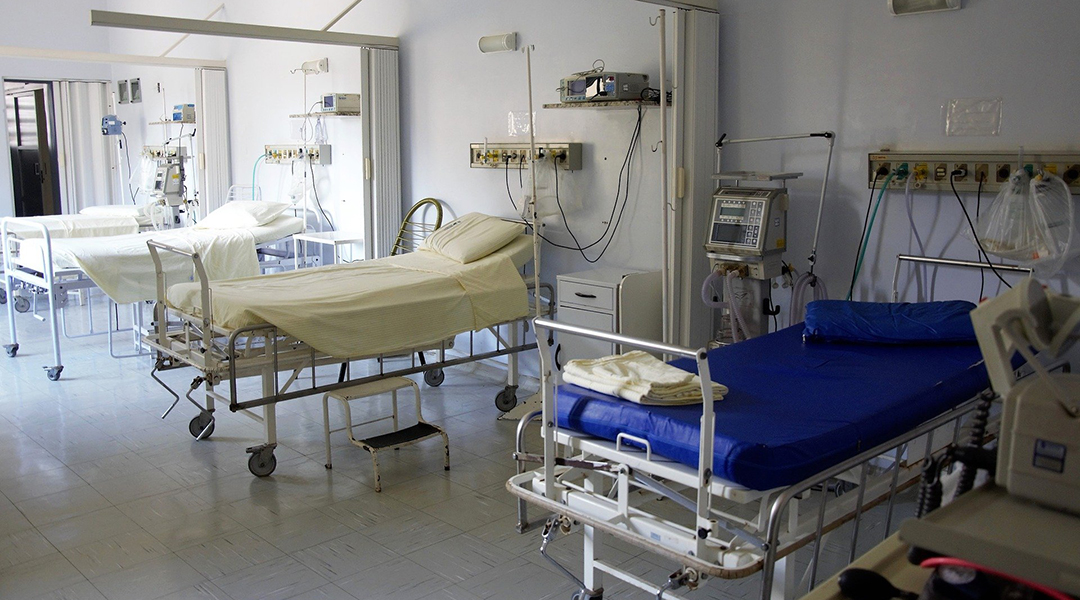


A non-invasive means of monitoring intra-abdominal pressure using a wireless radar system could save lives in the ICU.
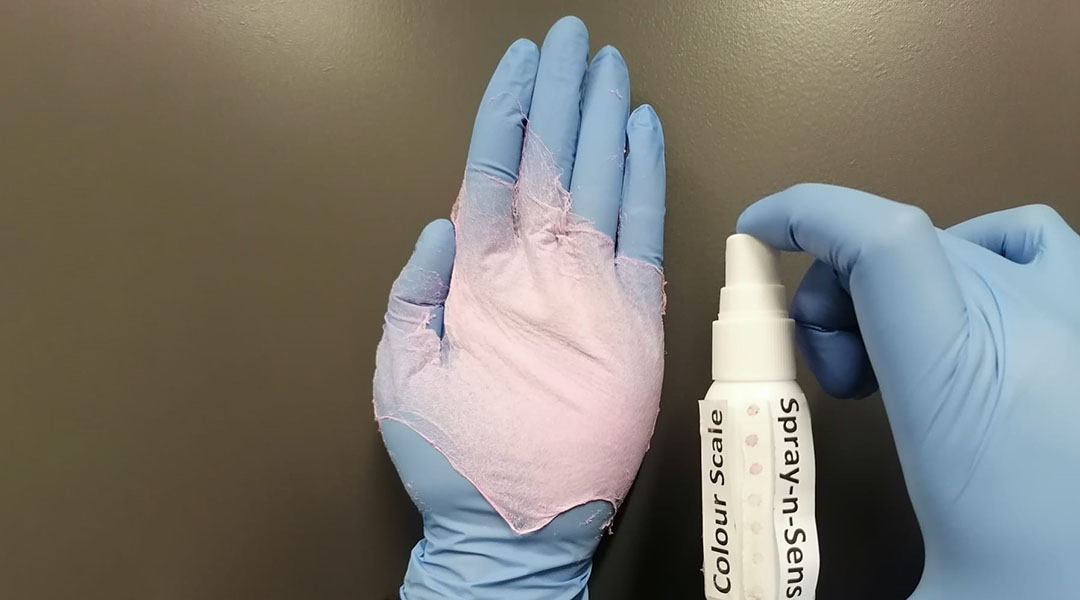
An innovative chemical sensor design could make environmental monitoring in the field more efficient and effective.

A wearable air sampler to help monitor personal exposure to SARS-Cov-2 and identify high-risk areas for indoor exposure.
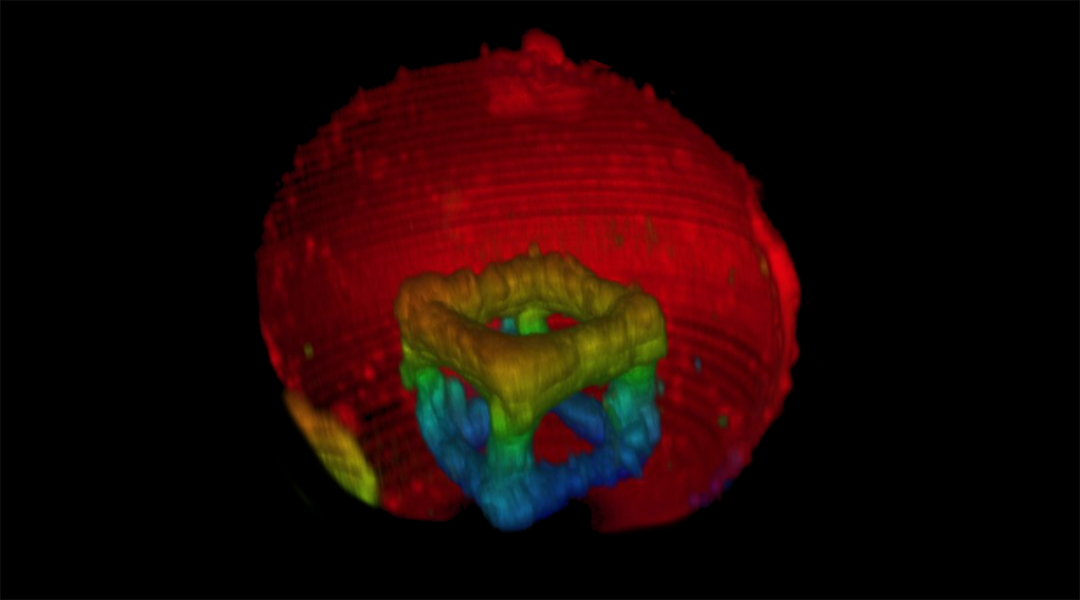
3D-printed structures can be built inside synthetic cells without opening or damaging them.
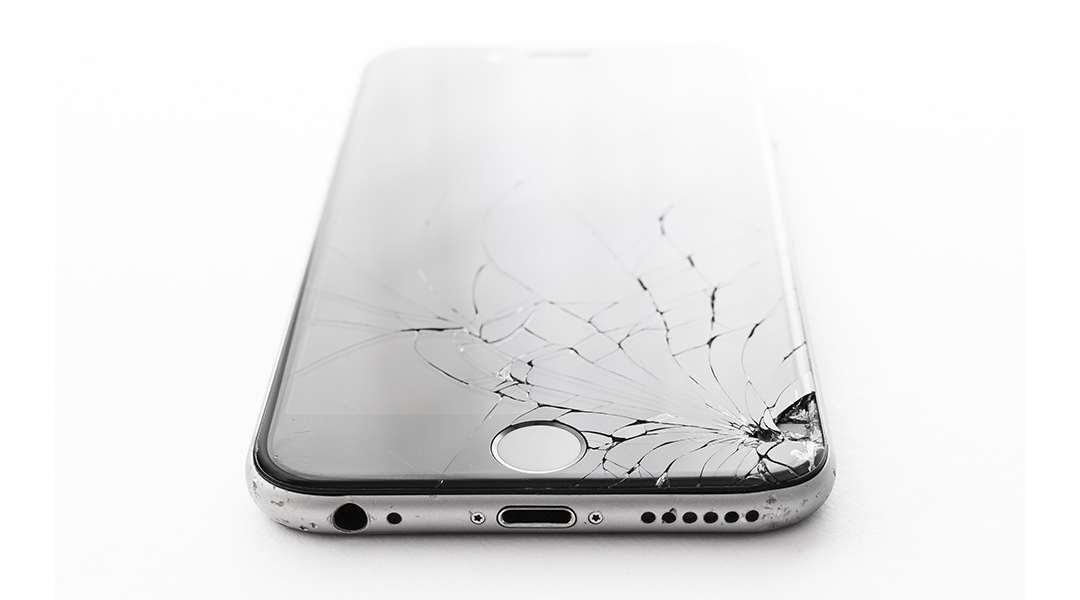
Through a happy accident, researchers have identified a new self-repairing electronic material that could make sci-fi dreams a reality.
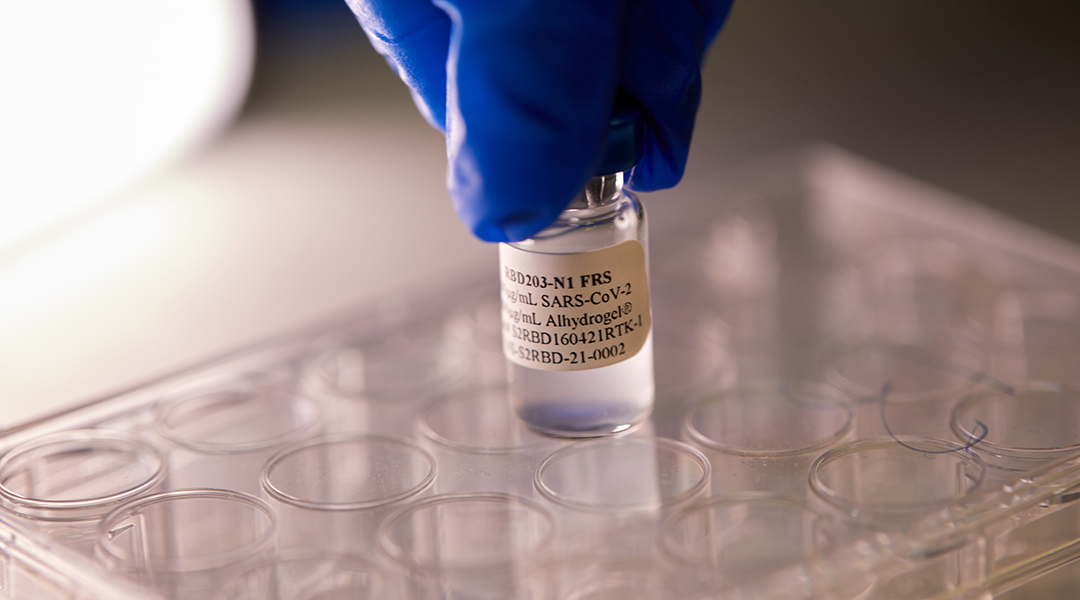
The Corbevax COVID-19 vaccine was developed by researchers in Texas with no patent, and could be the end of global vaccine inequity.
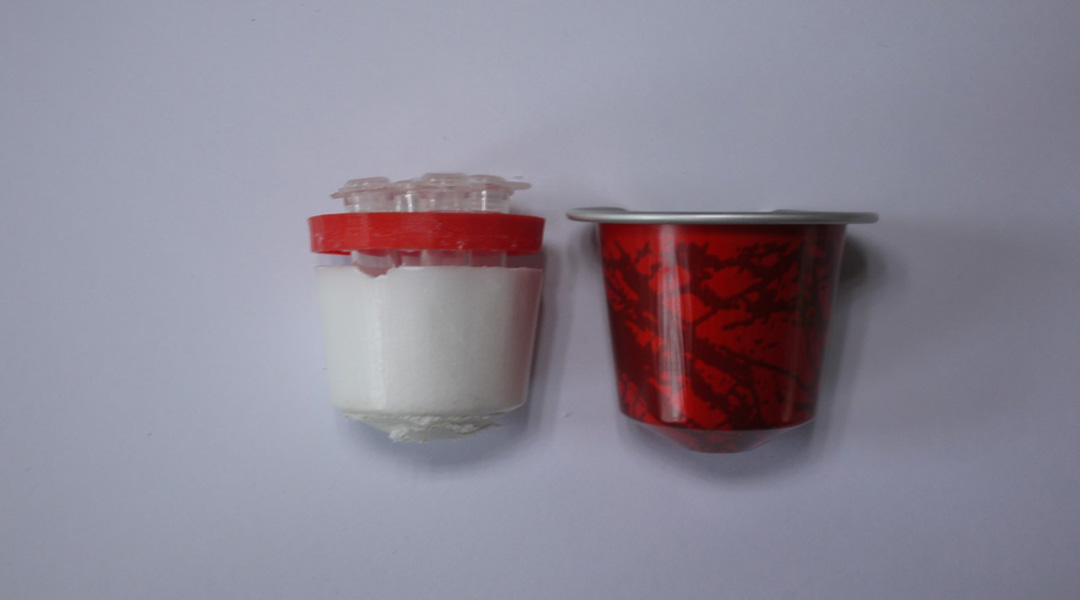
Using materials found around the house, researchers stuck at home created an accurate test to detect COVID-19.
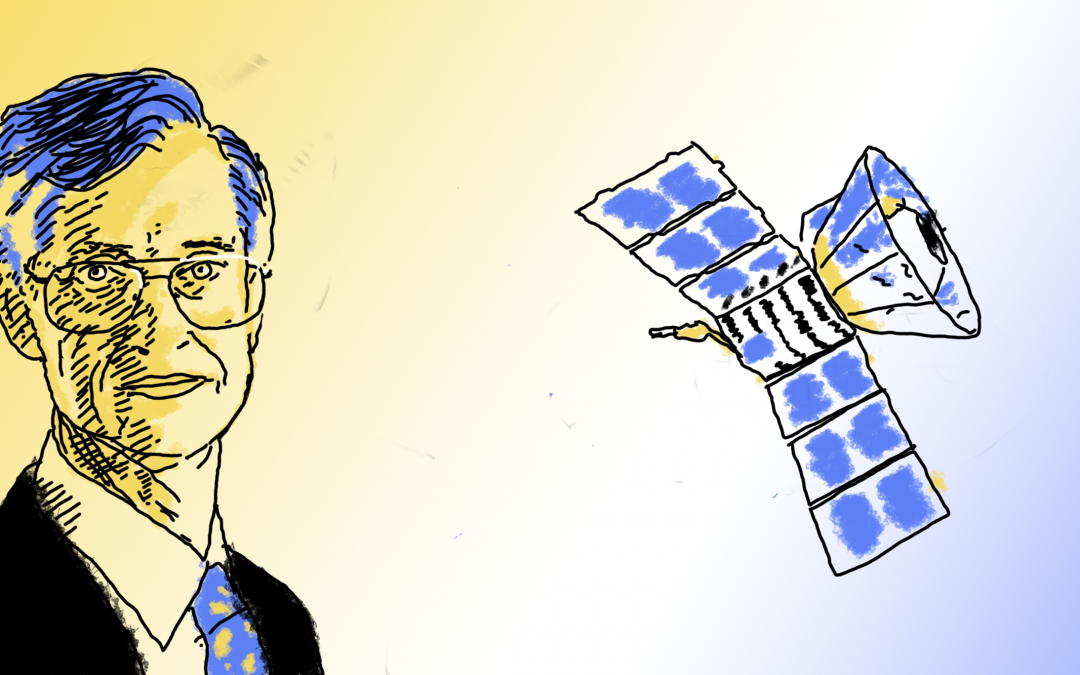
With the launch of the James Webb Telescope, this edition of Pioneers in Science honors an integral member of its mission: John Mather.
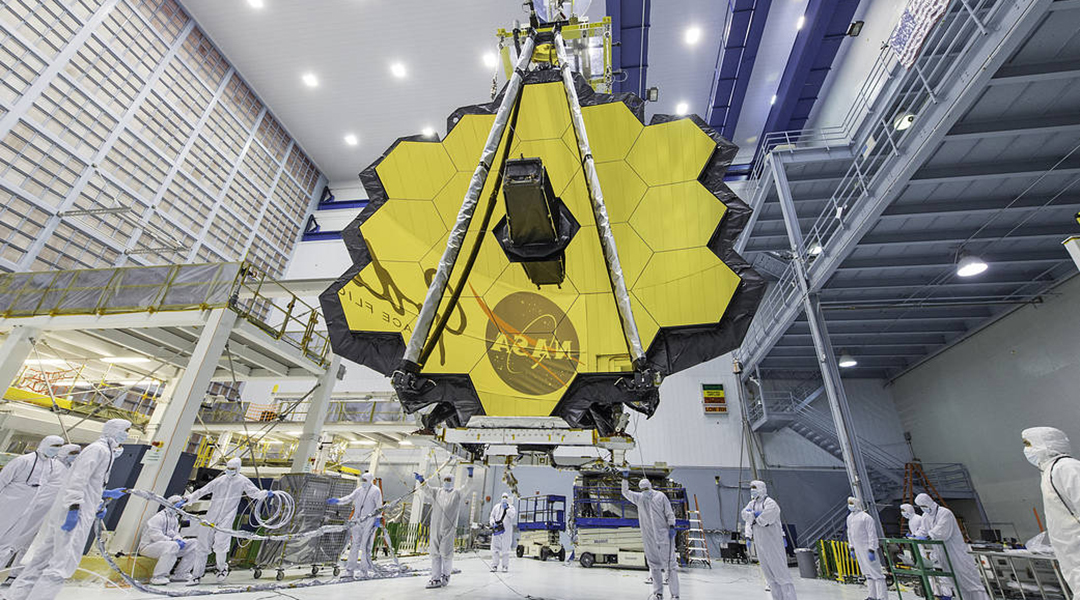
The new James Webb Space Telescope will collect infrared light from distant corners of the cosmos, enabling scientists to see further than ever before.
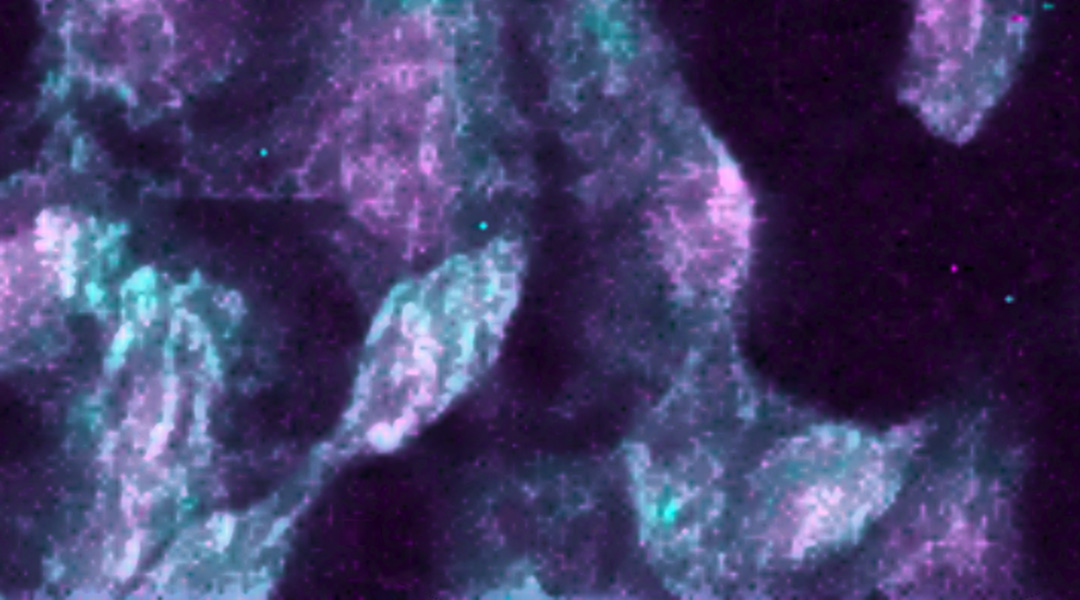
A fast and efficient means of record keeping could improve the ability to trace structural differences in viral variants.